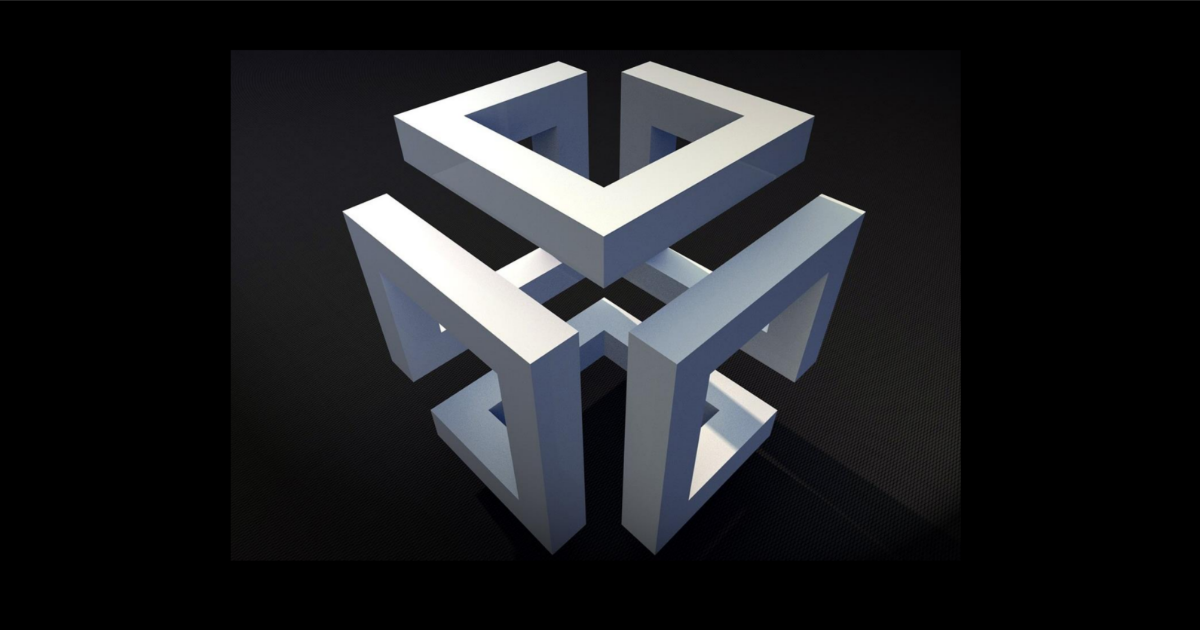- 2.5Impact Factor
- 5.5CiteScore
- 20 daysTime to First Decision
Technical Advances in 3D Reconstruction
This special issue belongs to the section “Computing and Artificial Intelligence“.
Special Issue Information
Dear Colleagues,
The task of 3D reconstruction involves creating 3D content or a representation of 3D content from 2D images or other data sources. With the development of deep learning techniques, implicit representations such as Nerf have attracted a lot of attention. Gaussian splatting has also become a popular new 3D representation. This Special Issue aims to present recent findings on the topic of 3D reconstruction and provide us with a fresh outlook on reconstruction-related tasks.
Potential topics include, but are not limited to, the following:
- Point cloud reconstruction;
- 3D scene completion;
- 3D reconstruction from images or videos ;
- 3D room layout generation;
- Garment reconstruction;
- 3D human pose estimation;
- 3D wireframe reconstruction;
- 3D shape representations.
Dr. Xi Zhao
Guest Editor
Manuscript Submission Information
Manuscripts should be submitted online at www.mdpi.com by registering and logging in to this website. Once you are registered, click here to go to the submission form. Manuscripts can be submitted until the deadline. All submissions that pass pre-check are peer-reviewed. Accepted papers will be published continuously in the journal (as soon as accepted) and will be listed together on the special issue website. Research articles, review articles as well as short communications are invited. For planned papers, a title and short abstract (about 250 words) can be sent to the Editorial Office for assessment.
Submitted manuscripts should not have been published previously, nor be under consideration for publication elsewhere (except conference proceedings papers). All manuscripts are thoroughly refereed through a single-blind peer-review process. A guide for authors and other relevant information for submission of manuscripts is available on the Instructions for Authors page. Applied Sciences is an international peer-reviewed open access semimonthly journal published by MDPI.
Please visit the Instructions for Authors page before submitting a manuscript. The Article Processing Charge (APC) for publication in this open access journal is 2400 CHF (Swiss Francs). Submitted papers should be well formatted and use good English. Authors may use MDPI's English editing service prior to publication or during author revisions.
Keywords
- 3D reconstruction
- 3D content generation
- shape representation

Benefits of Publishing in a Special Issue
- Ease of navigation: Grouping papers by topic helps scholars navigate broad scope journals more efficiently.
- Greater discoverability: Special Issues support the reach and impact of scientific research. Articles in Special Issues are more discoverable and cited more frequently.
- Expansion of research network: Special Issues facilitate connections among authors, fostering scientific collaborations.
- External promotion: Articles in Special Issues are often promoted through the journal's social media, increasing their visibility.
- e-Book format: Special Issues with more than 10 articles can be published as dedicated e-books, ensuring wide and rapid dissemination.

